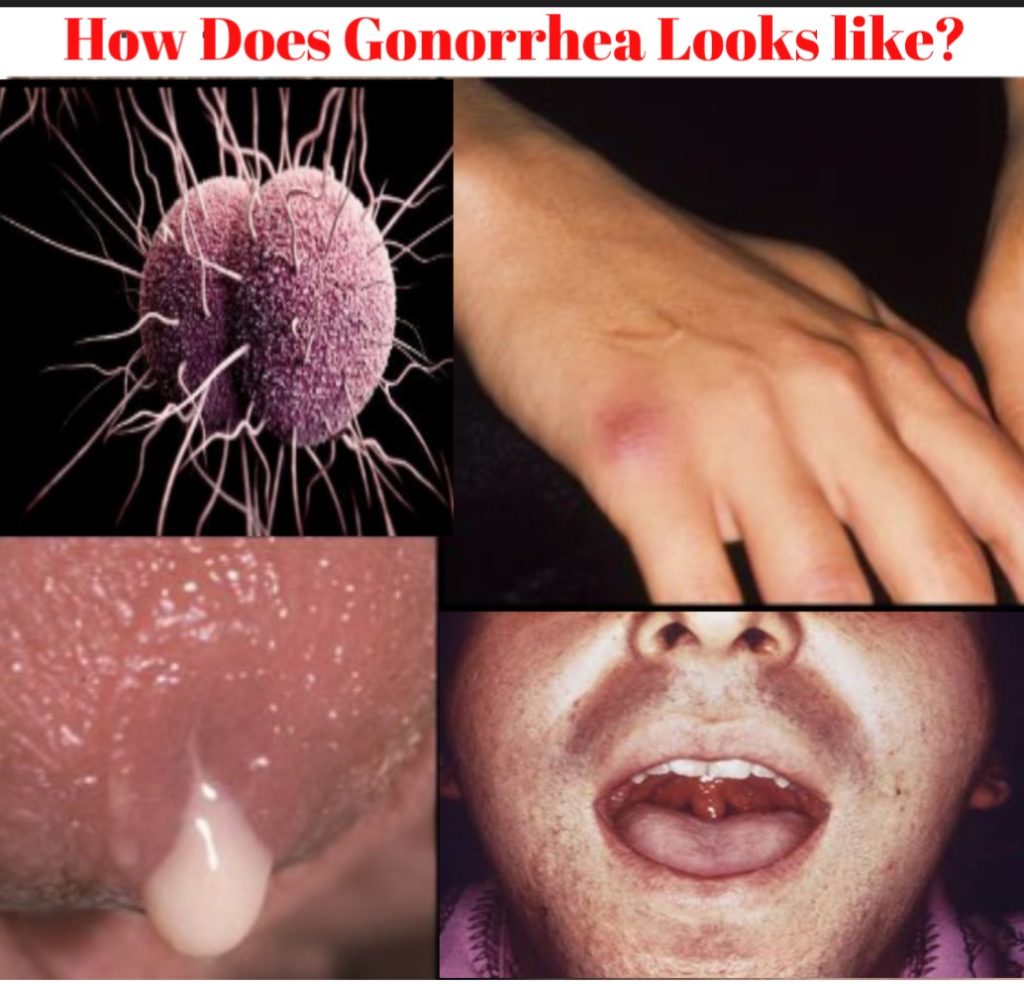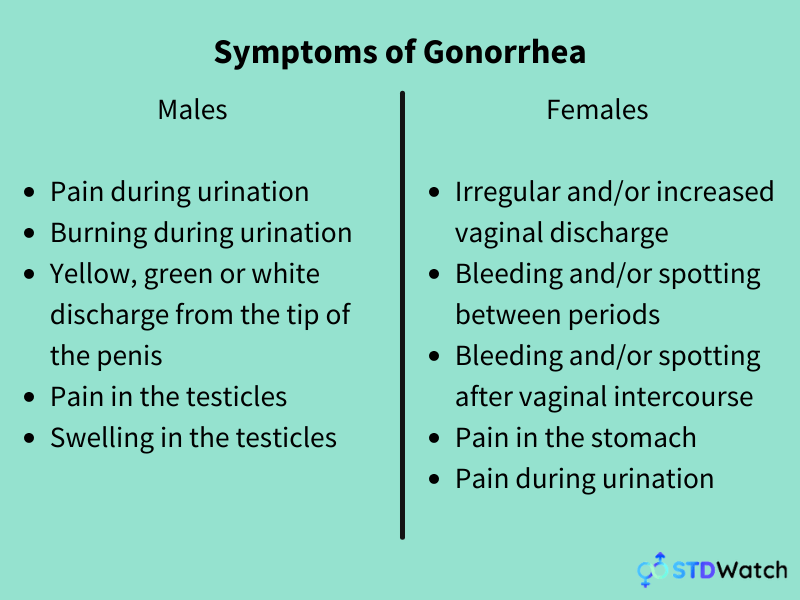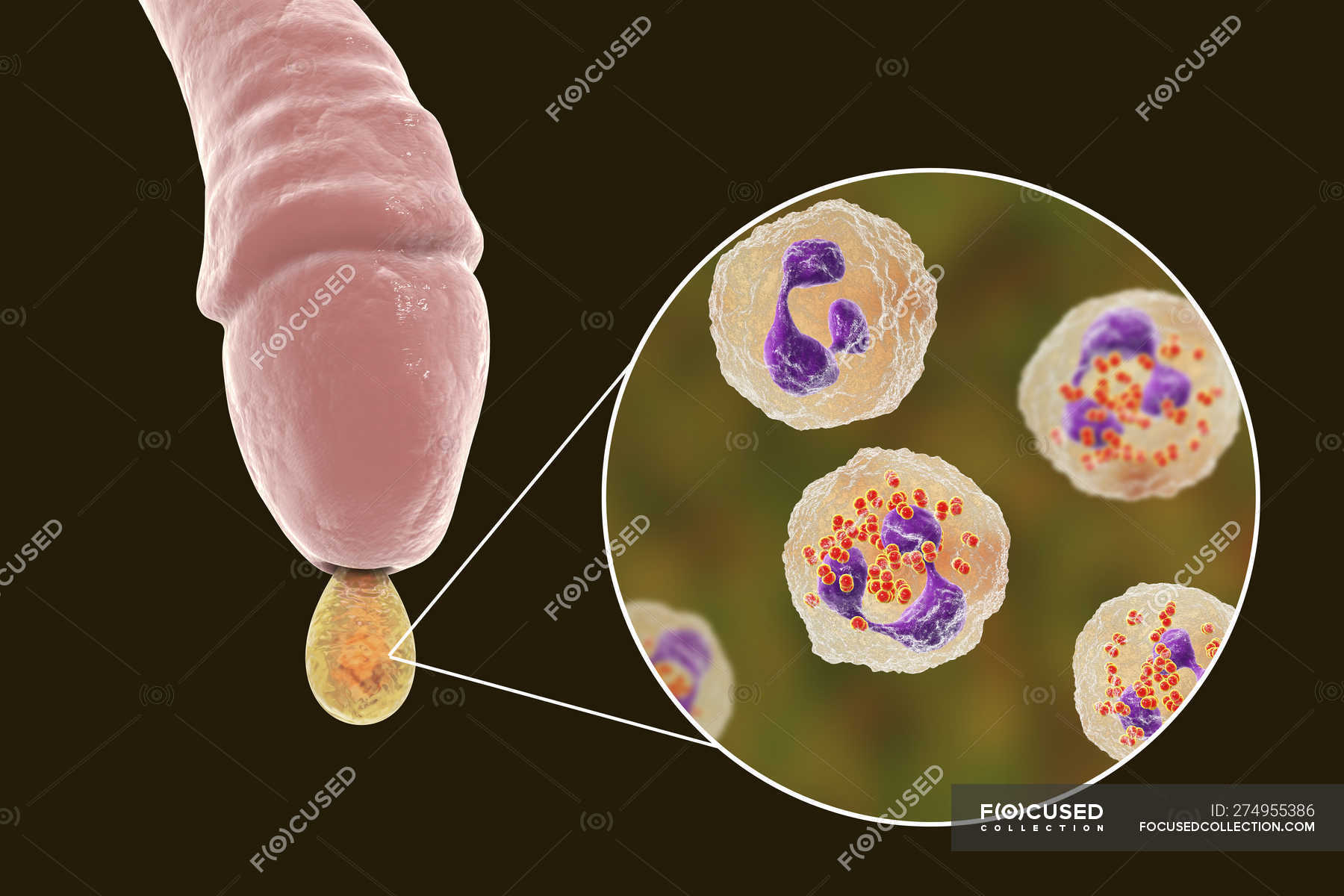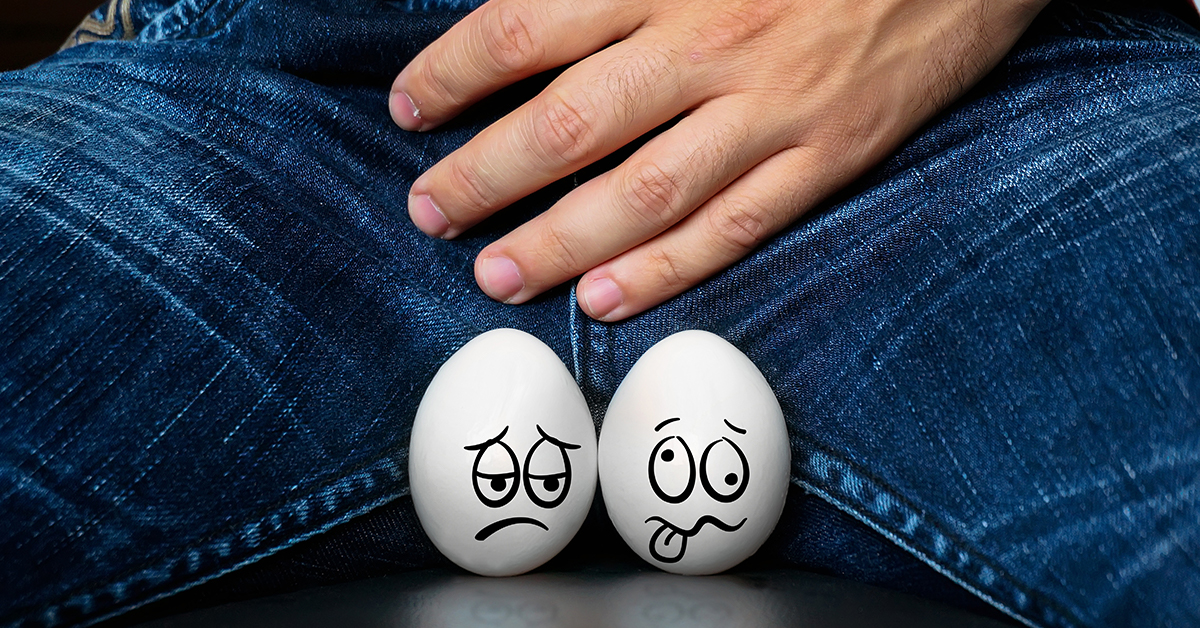

Untreated gonorrhea can also be passed from mother to baby during childbirth. Epididymitis is inflammation and swelling of the epididymis, a tube at the back of the testicles. Other complications of gonorrhea include infertility, as the infection can spread to the fallopian tubes and uterus in women.
gonococcal meningitis, which is an infection of the membranes covering the brain and spinal cord. gonococcal endocarditis, which is damage to the inner lining of the heart muscle. 
gonococcal arthritis, which involves rashes and inflammation of the joints.You can develop other complications once the gonorrhea bacteria have entered the bloodstream. Untreated gonorrhea can spread and enter the bloodstream, and cause serious complications, such as DGI. If you think you have gonorrhea, don’t hesitate to get treatment. This can lead to a serious medical condition known as systemic gonococcal infection, also known as disseminated gonococcal infection (DGI). Over time, the bacteria that cause gonorrhea can spread to the bloodstream and other parts of the body. This may be due to several factors, including asymptomatic infections and access to sexual healthcare. Treatment for gonorrhea is effective, but many cases go undetected.

Untreated gonorrhea infections in babies typically affect the eyes.Īccording to the Centers for Disease Control and Prevention (CDC), there were 583,405 cases of gonorrhea reported in 2018, a 63 percent increase since 2014. Newborns may also contract the bacteria during childbirth if their mother has an untreated infection. The infection typically affects one or more of the following body parts:
#When does gonorrhea symptoms appear professional
This information is not a substitute for professional medical advice.Gonorrhea is a sexually transmitted infection (STI) caused by the bacteria Neisseria gonorrhoeae. Edits to original content made by Rector and Visitors of the University of Virginia. Monogamous means only one sexual partner.Ĭontent was created using EBSCO’s Health Library.
Have check-ups often if you have other risk factors for getting STDs. Have routine check-ups for STDs if you are under the age of 25. Always use a latex condom during sexual activity. To reduce your chances of getting gonorrhea, take these steps: When do symptoms appear In males, symptoms usually appear 2 to 5 days after infection, but it can take as long as 30 days for symptoms to begin. If you are diagnosed with gonorrhea, be sure to follow your doctor's instructions. Do not have sex again until you and your partners have completed treatment and no one has symptoms. Also, all of your sexual partners should be tested and treated. It is important to take all medication as prescribed. You and your doctor will work together to find an antibiotic that is effective. Some strains of gonorrhea have developed resistance to certain antibiotics. Other STD tests, such as chlamydia, syphilis or HIV. After two days, the culture is checked for growth of the bacteria. Laboratory culture - A smear of the discharge is taken and sent to a lab. Nucleic acid test - Discharge or urine is tested for genetic material found in gonorrhea. Your doctor will ask about your symptoms and medical history. Untreated gonorrhea can cause severe infections in: Infection in a newborn infant if you are infected during pregnancy. PID causes scar tissue, or may cause an abscess to form, in the fallopian tubes. If symptoms do occur, they may include pelvic pain and pain with intercourse. Pelvic inflammatory disease (PID) - A serious infection that can lead to infertility, even in women who never have symptoms. It may also create flu-like symptoms, such as fever, chills, body aches, or fatigue. Symptoms include pain in and around the groin and pelvis, or discomfort when urinating. Prostatitis - An inflammation of the prostate gland. If scarring occurs, it may cause difficulty with passing urine, or block urine flow completely. Urethritis - The inside of the urethra may become inflamed, which causes burning when passing urine. Epididymitis - A painful swelling and inflammation of the testicles, which may lead to infertility. Gonorrhea can also cause serious health complications. Symptoms in men and women with rectal infections may include: In some cases, symptoms do not occur for up to a month. 
If symptoms do occur, they may appear 1-14 days of exposure. Most people who have gonorrhea do not have symptoms. Other factors that increase your chances of getting gonorrhea include: Gonorrhea is most common among sexually young adults. This can happen during oral, vaginal or anal sex. Gonorrhea is caused by a bacterium that is transmitted from an infected partner during sex. Treatment includes antibiotics, partner notification and lifestyle changes. Gonorrhea is type of sexually transmitted disease (STD).








 0 kommentar(er)
0 kommentar(er)
